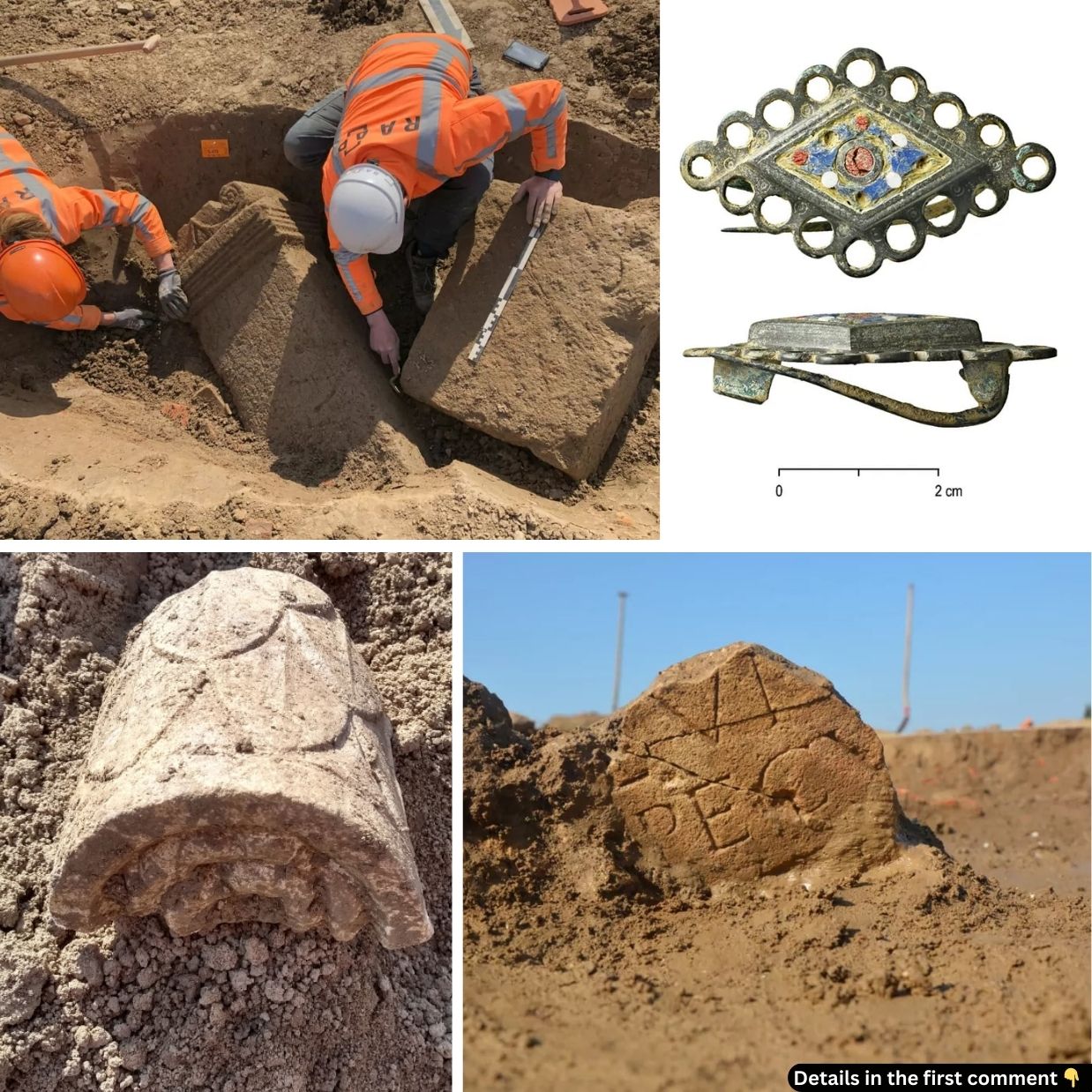In the heart of the Netherlands, an extraordinary discovery has unveiled a window into the Roman Empire’s northern frontier. Beneath the earth near the Rhine and Waal rivers, archaeologists have uncovered a well-preserved Roman sanctuary, complete with temples, votive altars, and a treasure trove of military artifacts. This rare find not only illuminates the religious practices of Roman soldiers stationed far from home but also offers a glimpse into the empire’s cultural and military life at its edges. As excavations continue, this site promises to reshape our understanding of Roman history in Northern Europe.
The Discovery: Archaeological Excavation in Gelderland
The remarkable discovery was made in 2021 during routine excavation work at a clay mining site in the municipality of Zevenaar, near the Dutch-German border. Volunteers who noticed unusual remains contacted the Dutch Cultural Heritage Agency, prompting further investigation. The site quickly attracted attention due to its significance.

Archaeologists from RAAP (Rijksdienst voor Archeologie, Monumenten en Oudheden) and other institutions moved swiftly to excavate what appeared to be a Roman sanctuary. Excavations revealed a well-preserved complex that included a temple, votive altars, and numerous artifacts dating back to the first through third centuries A.D.
Video
Check out this video to see how archaeologists uncovered an extraordinary 2,000-year-old Roman basilica beneath a London office, offering a glimpse into ancient life.
The Roman Sanctuary: A Glimpse into Ancient Roman Life
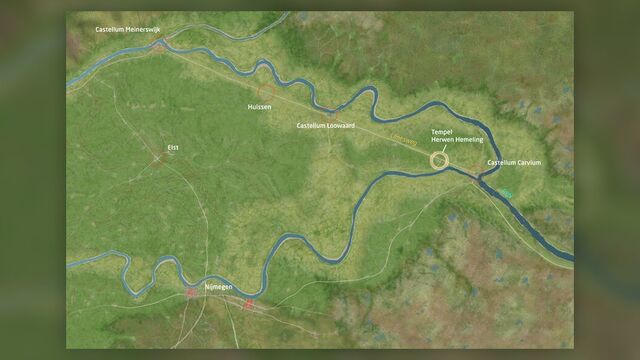
This sanctuary was not only a religious site, but it also served a pivotal role in the lives of the soldiers who frequented it. Located along the northern frontier of the Roman Empire, near the military posts along the Rhine and Waal rivers, the sanctuary provided soldiers a space to offer sacrifices and pray to the gods for protection, success in battle, and safe return home. The sanctuary itself consists of two large temples, smaller shrines, and numerous votive stones—each dedicated to Roman gods such as Jupiter-Serapis, Mercury, and Hercules Magusanus.
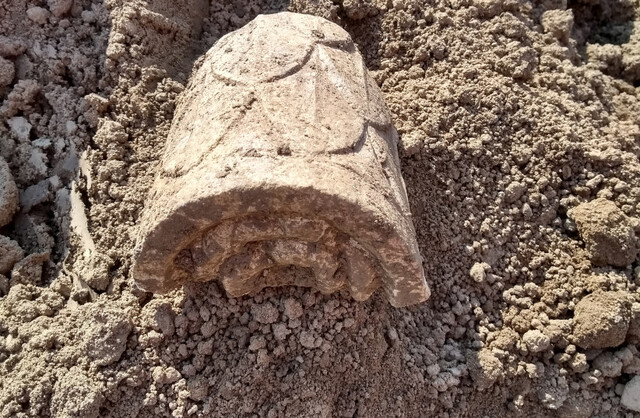
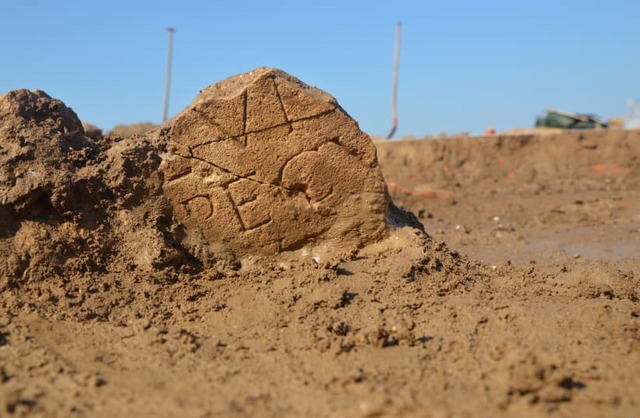
The location of the sanctuary, positioned near the fork of two rivers, was both strategic and symbolic, a place where the Roman Empire’s influence met the wilds of Germania. This connection between the sacred and military is further emphasized by the wide range of military-related artifacts discovered, offering insight into the religious practices and the day-to-day struggles of soldiers on the empire’s volatile northern frontier.
Key Artifacts and Their Significance
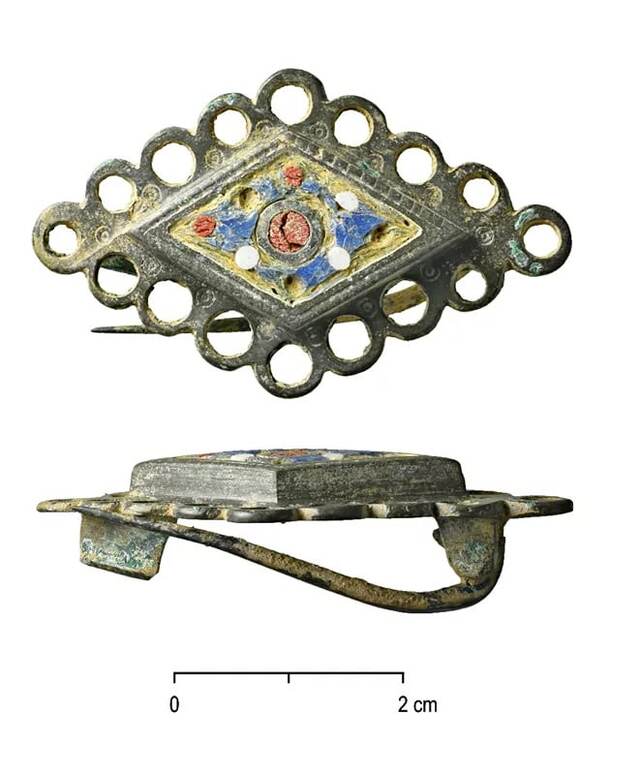
Among the most captivating discoveries at the site are the votive altars and religious items dedicated to various gods and goddesses. These altars, inscribed with Latin inscriptions, include references to the gods Mercury, Jupiter-Serapis, Hercules Magusanus, and others, each serving a specific role in the lives of the Roman soldiers.
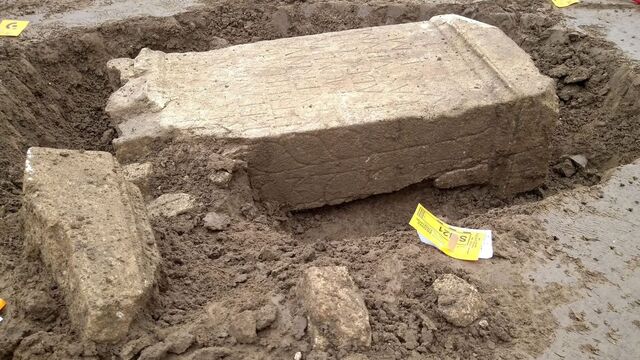
These altars were used for sacrificial offerings, often accompanied by prayers and vows. For instance, one votive altar dedicated to Mercury, the god of communication and commerce, was found with a Latin inscription that names the Roman soldier who commissioned it, giving a glimpse into the hierarchical military structure of the time.
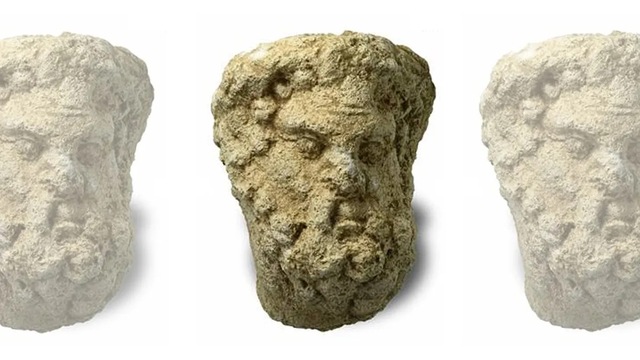
Other notable finds include statues of Roman deities, like a limestone head believed to depict Jupiter, the king of the gods, and intricately decorated pottery, which provides insights into the art and craftsmanship of Roman religious practices. These artifacts not only reveal the spiritual life of the Roman military but also highlight the cultural exchange between the Roman Empire and the local populations of the frontier regions.
The Military Connection: A Sanctuary for Roman Soldiers
The military significance of this sanctuary cannot be overstated. Soldiers stationed at the northernmost edges of the empire would have made pilgrimages to the sanctuary to offer thanks for their survival, especially after enduring the harsh conditions and constant threat of attack. Inscriptions on the votive altars confirm that many were commissioned by senior officers who sought divine favor for their soldiers and their military campaigns.
In addition to the votive stones, other military-related artifacts have been uncovered, including spear tips, lance fragments, horse harnesses, and pieces of armor. These items serve as a testament to the martial culture that permeated Roman life, particularly along the empire’s frontiers. The discovery of military-related artifacts alongside religious offerings paints a vivid picture of how Roman soldiers balanced their spiritual and martial duties in a foreign land.
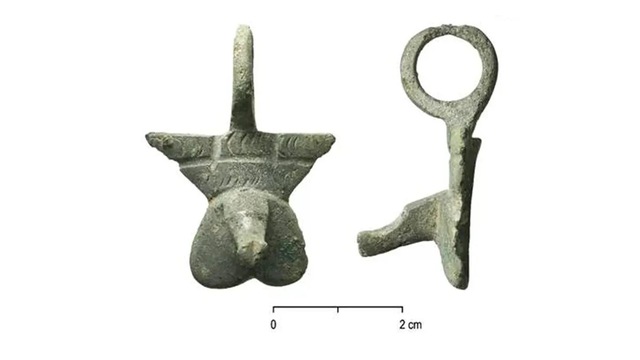
Architectural Findings: Temples, Altars, and Sacred Spaces
The excavation of the sanctuary has revealed significant architectural features that offer further insight into its function. Two large temples were discovered, both of which were richly decorated with frescoes and tiled roofs. These temples were places where the soldiers would have gathered to pray, perform sacrifices, and seek divine protection.
The temples were built on slightly elevated ground, which may have been an intentional design choice to make the temples more visible from the surrounding area. A stone staircase leading down to the water, along with a large well, suggest that the sanctuary may have also had a practical aspect, perhaps used for water rituals or cleansing ceremonies.
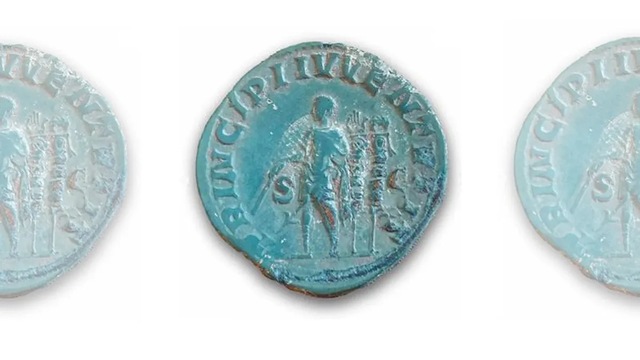
The discovery of votive altars, statues, and sacred fires within the temple complex suggests that the site was a focal point for religious activity, providing a sense of connection to the Roman gods and the broader empire. The artifacts recovered, such as coins and fragments of painted plaster, suggest that the sanctuary was a vibrant and integral part of Roman frontier life.
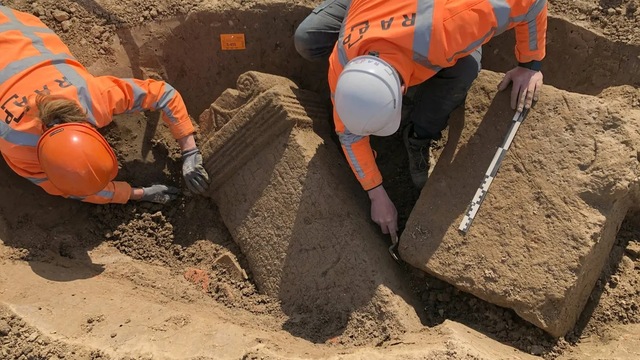
The Insights into Roman Frontier Life
The sanctuary provides invaluable insights into the lives of Roman soldiers stationed on the far frontier of the empire. These soldiers, far from the comforts of home, relied on their religious practices to maintain a sense of connection to the empire and to seek divine favor for their survival.
The discovery of sacrificial remains, including the bones of chickens, pigs, and sheep, further illustrates the ritualistic nature of these offerings. The sanctuary also sheds light on the social structure of the Roman military, with high-ranking officers commissioning the altars and overseeing the religious practices of their soldiers.
Moreover, the discovery of everyday items such as pottery and jewelry suggests that the soldiers engaged in some form of domestic life while stationed at these remote posts. These artifacts provide a window into the personal lives of the soldiers, revealing their attempts to maintain a sense of normalcy in a harsh and often hostile environment.
Ongoing Research and Future Plans
While the discovery is significant, it is only the beginning of a larger research project. Archaeologists continue to excavate the site, hoping to uncover additional artifacts and further expand our understanding of the sanctuary’s role in Roman military and religious life. The ongoing study will focus on dating the various structures and objects found at the site, as well as conducting detailed analyses of the artifacts to better understand the daily lives of the soldiers who used the sanctuary.
The potential for new discoveries remains high, and the archaeological team is excited to continue their work. The insights gained from this sanctuary will not only enhance our understanding of Roman frontier life but also contribute to the broader field of Roman archaeology.
Video
Tune into this video to explore the enigma of the Celtic tomb, uncovering mysteries and secrets hidden within this ancient burial site.
Conclusion: Preserving the Legacy of Ancient Rome
The discovery of the Roman sanctuary in the Netherlands is an extraordinary find, shedding light on a long-forgotten chapter of the Roman Empire’s history. The sanctuary offers a rare glimpse into the lives of soldiers stationed on the empire’s northern frontier, highlighting their religious practices, daily struggles, and cultural exchanges.
As excavations continue, this site has the potential to reveal even more about the Roman Empire’s reach and influence on its far-flung borders. The sanctuary at Zevenaar, with its impressive temples, altars, and artifacts, is a testament to the lasting legacy of ancient Rome and its profound impact on the cultures and peoples it encountered. As this site is further studied and preserved, it will continue to offer valuable insights into the rich history of the Roman Empire and its military might.
